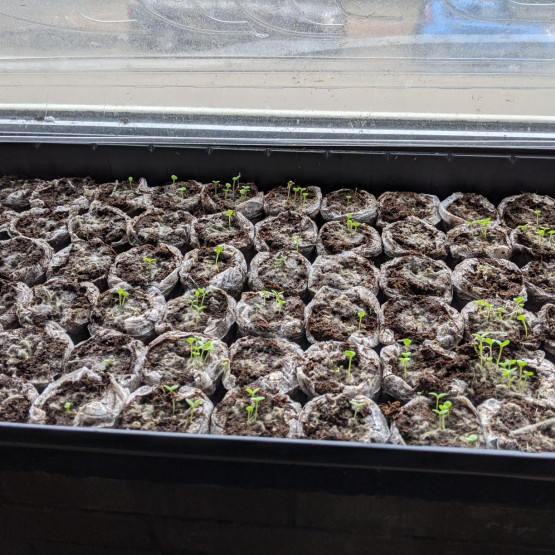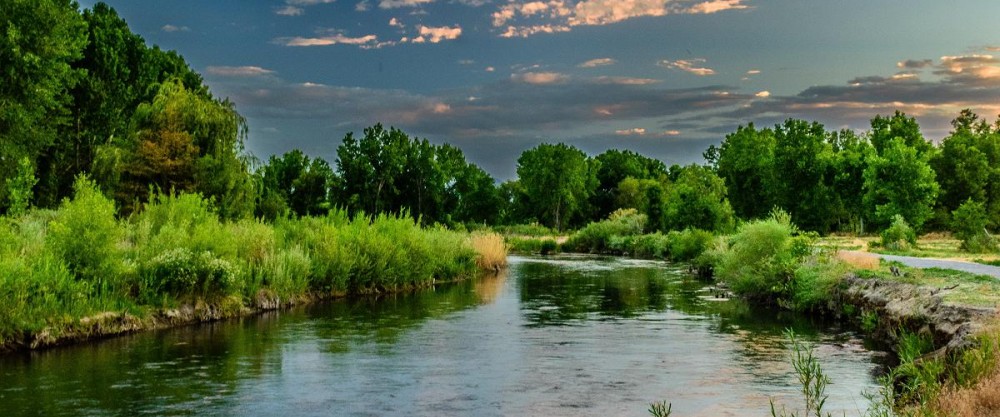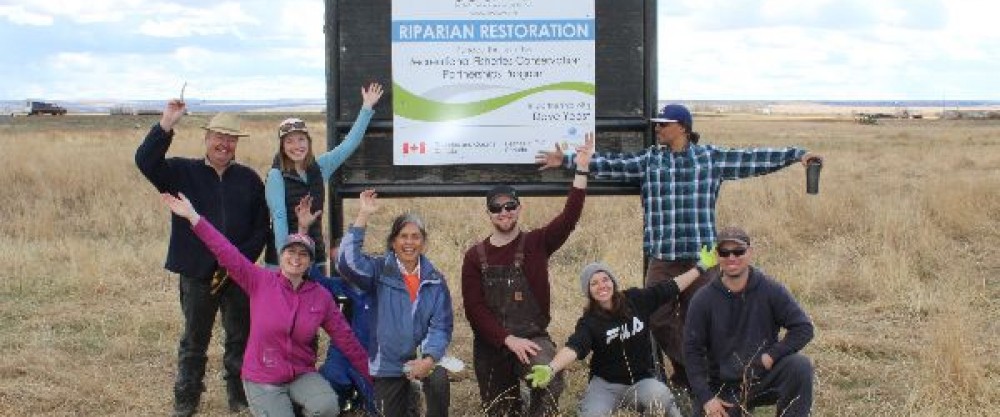When carrying out restoration, it is important to use native plants for re-vegetation. Luckily in Alberta there are a number of large commercial plant nurseries that supply native species of shrubs and trees suitable for this. However, the best results for restoration success come when plants are sourced as locally as possible. While these nurseries offer the right species, they are often sourced from places like Calgary and Lethbridge, which have very different conditions to those of the SEAWA watershed. Additionally, these plants are often bred for horticultural use, and can be more delicate than wild plants. It is no doubt that nursery plants are convenient, but for optimal restoration results it is best to use the stock of plants growing wild in the region.
Propagating Wild Plants
To utilize wild plants for restoration, SEAWA uses plant propagation to grow copies or offspring of trees and shrubs that grow within the watershed. This is done either by growing plants from seed collected in the fall, growing cuttings taken during the winter, or occasionally through direct transplantation. To date, SEAWA staff have tried their hand at growing the following species:
- Eastern Cottonwood (Populus deltoides)
- Manitoba Maple (Acer negundo)
- Sandbar Willow (Salix exigua)
- Silver Sagebrush (Artemisia cana)
- Skunkbush Sumac (Rhus trilobata)
We encourage our members to propagate any native plants that interest them! If you are new to plant propagation and would like to give it a try, we encourage everybody to propagate native plants for planting in their own yard or land. Additionally, you can choose to donate propagated plants to SEAWA and we will plant them at our riparian restoration sites. Learn more about donations here.








